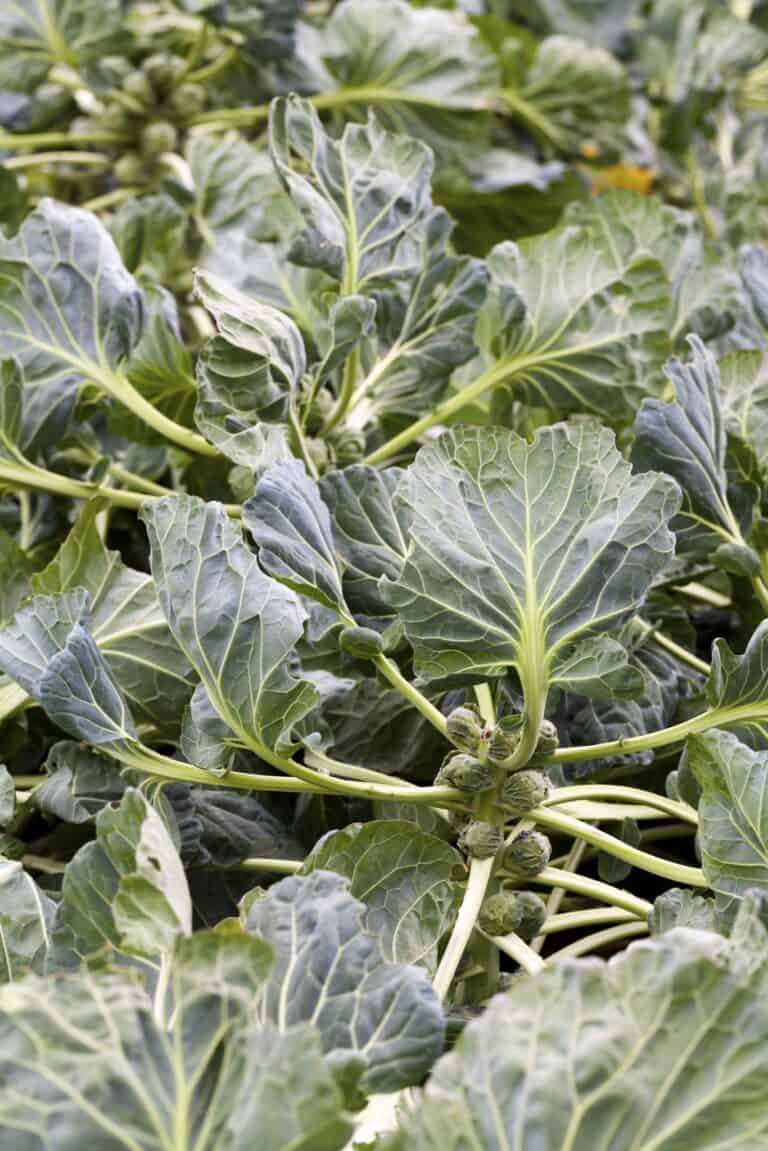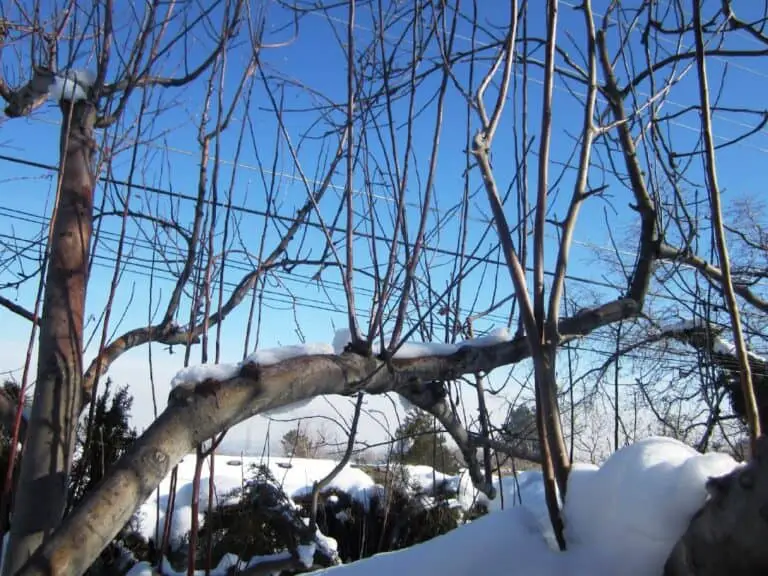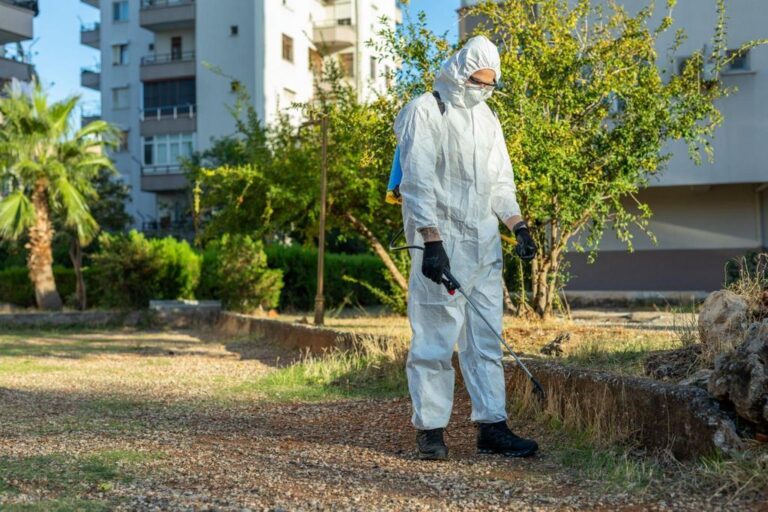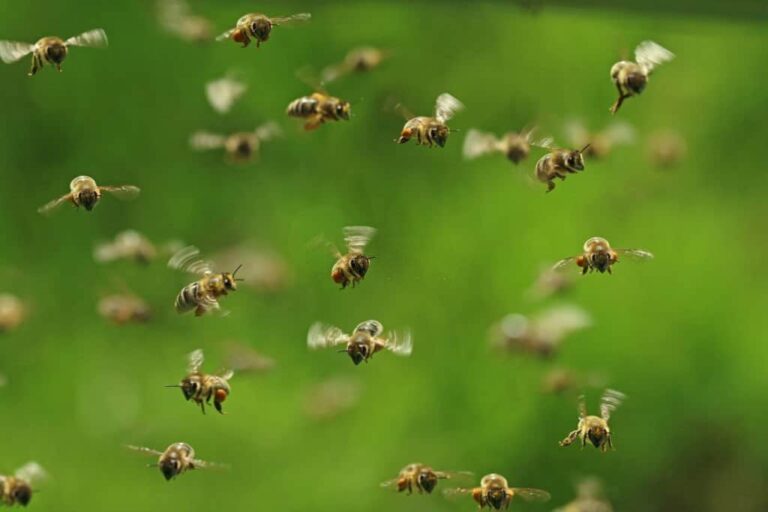Cantaloupe Leaves: Are They Edible and Safe to Eat?
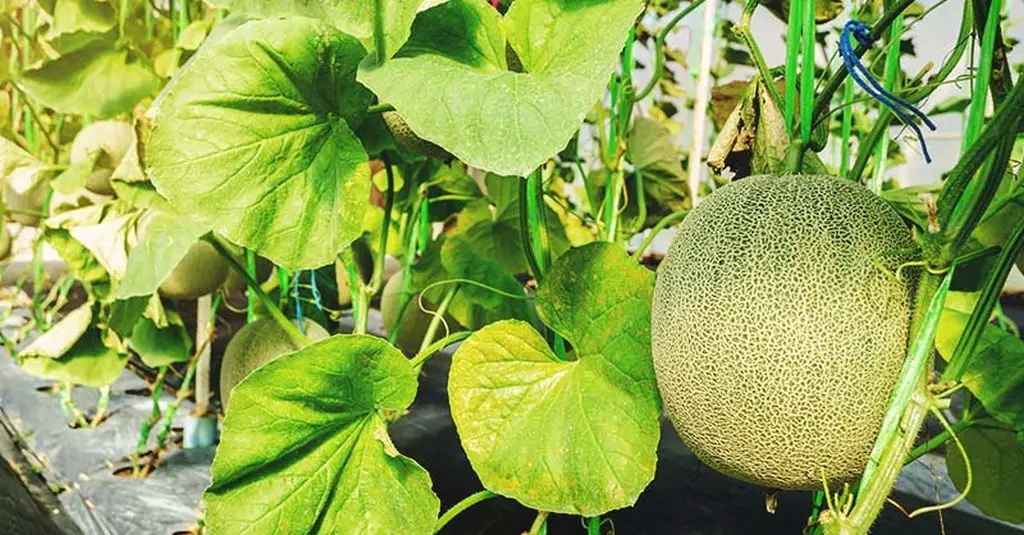
Cantaloupes are a staple of summer fruit salads, smoothies, and desserts, but did you know that the leaves of this delicious fruit are edible too?
Even though it might seem strange to eat something that is usually thrown away, cantaloupe leaves may be good for your health and can be added to many different types of dishes to make them taste even better.
However, before you start snacking on your cantaloupe vines, it’s important to understand whether or not they’re safe to eat.
In this article, we’ll take a closer look at the question of whether or not cantaloupe leaves are edible and safe to eat. We’ll talk about the leaves’ nutritional value, the possible health benefits and risks of eating them, and how to cook and eat them right.
So, if you’re curious about this often-overlooked part of the cantaloupe plant, read on to learn everything you need to know about cantaloupe leaves.
Introduction to Cantaloupe Leaves
Cantaloupe is a popular fruit that’s enjoyed worldwide. While most people tend to eat the sweet, juicy flesh of the fruit and discard the rind and seeds, the leaves of the cantaloupe plant are often overlooked.
Cantaloupe leaves are an important part of the plant because they feed the fruit and help it stay healthy overall. These leaves are green and heart-shaped, and they can be found attached to the vine of the cantaloupe plant. They grow to be several inches long and wide, and they have a soft, fuzzy texture.
Since ancient times, cantaloupe leaves have been used as medicine, especially in traditional Chinese medicine. They are a great addition to a healthy diet because they are full of nutrients like vitamin C, beta-carotene, potassium, and antioxidants.
They can also help reduce pain and swelling because they have anti-inflammatory properties. The leaves have also been used in traditional medicine to treat a variety of ailments, such as coughs, constipation, and indigestion. They are also known to help boost your immune system and improve your overall health.
Despite their many potential benefits, cantaloupe leaves are often not included in the average person’s diet. One reason for this is that many people simply aren’t aware that the leaves are edible. Additionally, some people may be hesitant to try them due to concerns about their safety or taste.
What Parts of Cantaloupe Are Edible?
If you’re a fan of cantaloupe, you might be wondering which parts of the fruit are edible. The good news is that you can enjoy most parts of the cantaloupe, including the interior flesh, seeds, and even the rind. However, there are some things to keep in mind when consuming these parts of the fruit.
The interior flesh of the cantaloupe is the most commonly eaten part of the fruit. It is sweet and juicy, with a pleasant aroma and a soft, fleshy texture. They have high levels of vitamins A and C, potassium, and fiber. The flesh can be eaten raw or used in a variety of recipes, such as fruit salads, smoothies, and desserts.
Cantaloupe seeds are also good to eat and can be a tasty and healthy addition to your diet. While some people prefer to discard the seeds, they are actually a good source of protein, healthy fats, and micronutrients such as magnesium and zinc.
To eat cantaloupe seeds, simply remove them from the fruit, wash them thoroughly, and roast them in the oven with a bit of salt and oil for a delicious and healthy snack.
Are Cantaloupe Leaves Edible?
If you’re like most people, you probably only think of cantaloupes as the sweet and juicy fruit you enjoy on a hot summer day. But did you know that the leaves of the cantaloupe plant are actually edible too?
Yes, you read that right! Cantaloupe leaves are completely safe to eat and can be a great addition to your diet.
When it comes to eating cantaloupe leaves, it’s important to keep in mind that not all varieties of cantaloupe leaves are created equal. Some varieties, such as the Charentais and the Galia, have leaves that are more tender and palatable, while others, such as the Honeydew, have leaves that are tougher and less desirable to eat.
So, if you’re thinking of giving cantaloupe leaves a try, it’s a good idea to do your research first and make sure you’re eating the right variety.
Once you’ve identified the right type of cantaloupe leaves to eat, there are many ways to incorporate them into your diet. You can chop them up and add them to salads or smoothies, stir-fry them with other vegetables, or even use them to make a delicious and healthy tea.
Risks and Precautions of Consuming Cantaloupe Leaves
Cantaloupe leaves may be good for your health in a number of ways, but you should know the risks and precautions that come with eating them.
One of the main concerns is the presence of certain chemicals in the leaves that can be harmful in large quantities. For example, cantaloupe leaves contain a chemical called cucurbitacin, which can cause stomach problems like nausea and vomiting if too much of it is eaten. Because of this, you should only eat a small amount of cantaloupe leaves at a time instead of a lot all at once.
There are some precautions that should be taken when preparing and cooking cantaloupe leaves, in addition to the possible risks connected to consuming them. It’s important to wash the leaves thoroughly before eating to remove any dirt, bacteria, or pesticides that may be present.
You should avoid eating discolored leaves or cantaloupe leaves that are turning brown or yellow, as these may be an indication that they are no longer fresh or safe to eat.
WARNING![]()
It’s also worth noting that people who have allergies to other types of fruits or vegetables, particularly those in the same family as cantaloupe (such as watermelon, cucumber, and pumpkin), may be more likely to experience an allergic reaction to cantaloupe leaves.
Symptoms of an allergic reaction can include itching, swelling, and difficulty breathing. If you experience any of these symptoms after consuming cantaloupe leaves, it’s important to seek medical attention right away.
How to Prepare and Eat Cantaloupe Leaves
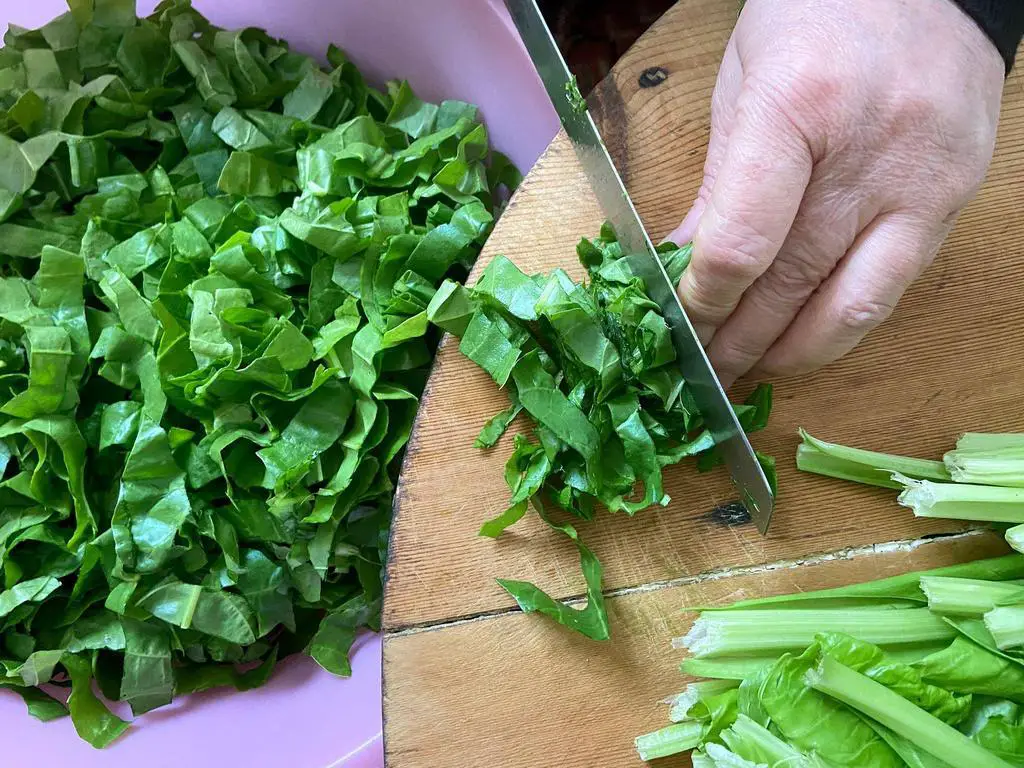
Like already mentioned, if you are looking to experiment with new, nutritious foods, cantaloupe leaves are a great place to start. They are full of nutrients, such as vitamin C, beta-carotene, and potassium, and can be prepared in a variety of ways.
Here are some steps to prepare cantaloupe leaves for consumption:
- Start by washing them thoroughly under cold water to remove any dirt or debris.
- Then, remove the stems and any tough or fibrous parts of the leaves.
- Once you have prepped the leaves, you can use them in a variety of recipes.
- Some popular ways to eat cantaloupe leaves include adding them to salads, stir-frying them with other vegetables, or even brewing them into a tea.
One delicious and simple way to enjoy cantaloupe leaves is to make a salad with them. You can do it by following the simple steps below:
- Simply chop the leaves into bite-sized pieces.
- Toss them with other vegetables, such as sliced cucumbers and cherry tomatoes. For added flavor and nutrition, top the salad with a protein source, such as grilled chicken or tofu.
- For final touch, add dressing made with olive oil, lemon juice, and herbs.
Another way to enjoy cantaloupe leaves is to stir-fry them with other vegetables:
- Heat a bit of oil in a wok or frying pan.
- Add the leaves and your favorite vegetables.
- Cook until tender.
- Season the stir-fry with your favorite herbs and spices.
- Enjoy as a healthy and flavorful side dish.
Conclusion
In conclusion, cantaloupe leaves can be eaten in small amounts and are safe to do so, but it’s important to be careful when eating them. Cantaloupe leaves may be good for your health in a number of ways. They are full of nutrients and antioxidants that can help improve your overall health and wellness.
However, the leaves also contain certain chemicals that can be harmful in large quantities, and may pose a risk for those with allergies to other fruits and vegetables in the same family.
To minimize the risks associated with consuming cantaloupe leaves, it’s important to consume them in moderation and to avoid eating large quantities at once. Additionally, it’s important to properly wash and prepare the leaves before eating, and to avoid consuming leaves that are wilted or discolored.
If you eat cantaloupe leaves and have any signs of an allergic reaction or stomach trouble, you should see a doctor right away.

